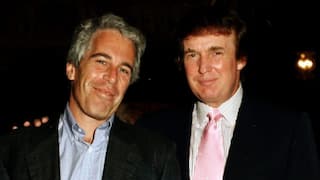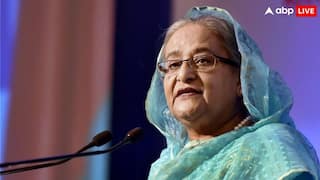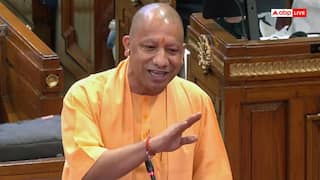US Fed Should Alter Its Monetary Policy Framework: IMF Deputy Managing Director Gita Gopinath
Gita Gopinath on Friday said that US Federal Reserve should alter its monetary policy framework to reflect a world of more frequent supply shocks and a greater risk of elevated inflation.

International Monetary Policy First Deputy Managing Director Gita Gopinath on Friday said that US Federal Reserve should alter its monetary policy framework to reflect a world of more frequent supply shocks and a greater risk of elevated inflation. According to a Bloomberg report, Gopinath, speaking on an IMF panel discussion, said that the US Feds need to be more willing to act pre-preemptively to head off the risk of too-fast inflation.
Gopinath said, "We’re going to be hit more by supply shocks and therefore monetary policy faces much more serious trade-offs. We have to refine our monetary policy framework. Given what we have seen with the pandemic and the war, we need to take into account more the risks of running the economy hot."
The Bloomberg report says that after several years in which inflation largely fell below its 2 per cent target, the US Fed revised its monetary policy approach in August 2020. Under the new “flexible average inflation targeting” framework, the US central bank shifted its focus from trying to contain inflation at 2 per cent to actually fostering it.
Additionally, the framework did away with the Fed's long-standing strategy of fighting inflation when unemployment was low. In addition, the framework included a commitment to maintain a constant flow of cash into the financial markets and to maintain interest rates at or close to zero in order to maintain a temporary modest overshoot of inflation.
Gita Gopinath on Friday indicated that those promises resulted in the Fed being slow off the mark in tackling inflation once it began to take off.
“While forward guidance is great in the sense of providing a lot of commitment” and certainty, there’s a trade-off “because sometimes it really ties your hands,” she said.
Also Read: Cryptocurrency Price Today: Popular Coins Bitcoin, Dogecoin See Losses As OKB Becomes Top Gainer
She said central banks should be more willing to tolerate inflation below target at a time when unemployment is already low.
“At that point you don’t want to necessarily do everything you can to close the gap” in inflation, she added.
The current strategy is “more about what it would take to make sure that inflation doesn’t anchor downwards so you don’t end up in a deflationary situation as opposed to an inflationary situation,” she said.
The US Federal Reserve in its last policy review in March enacted a quarter percentage point interest rate increase, expressing caution about the recent banking crisis and indicating that hikes are nearing an end. The increase takes the benchmark federal funds rate to a target range between 4.75 per cent-5 per cent, up from near zero a year ago and the highest level since 2007.






































